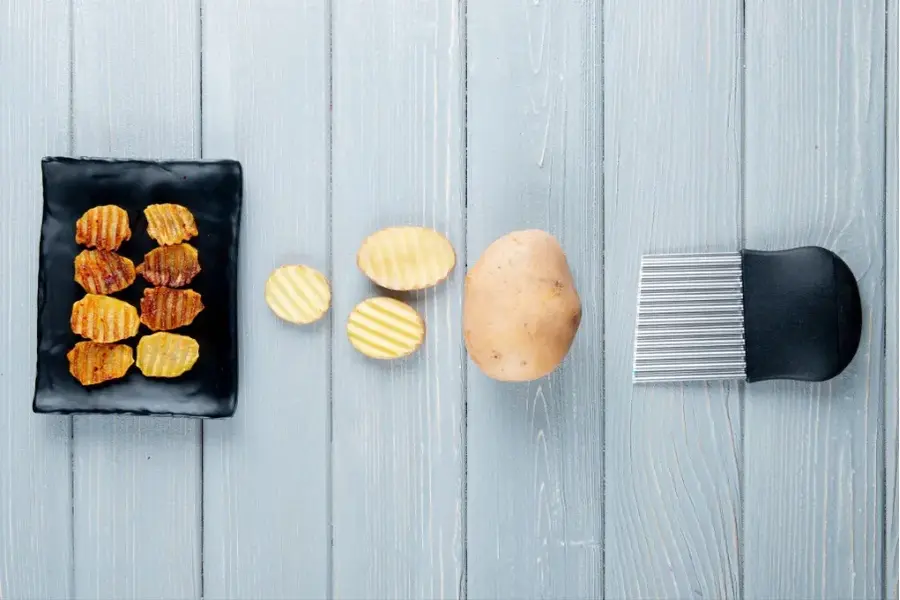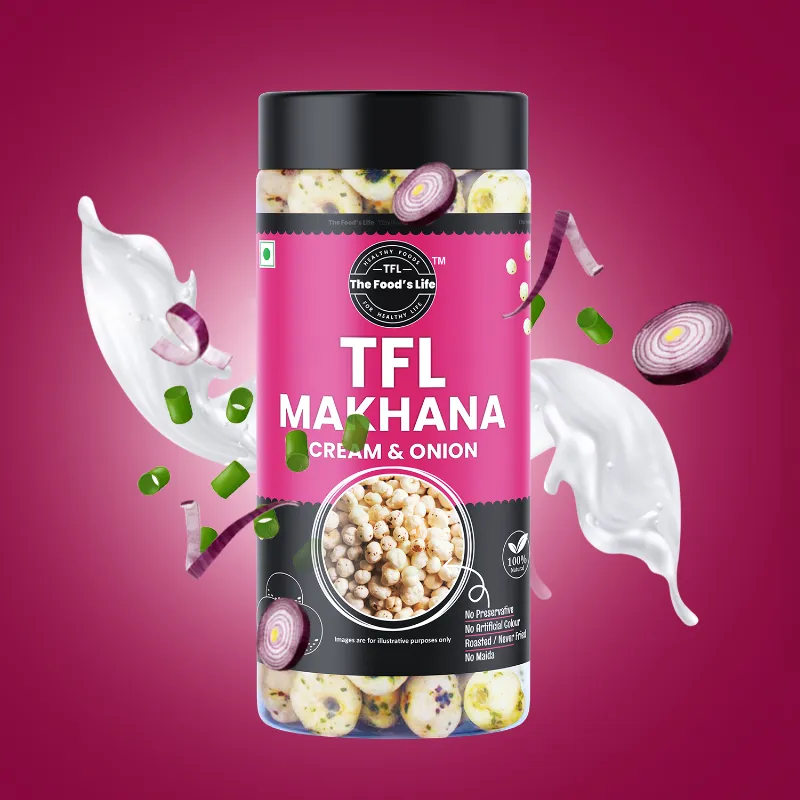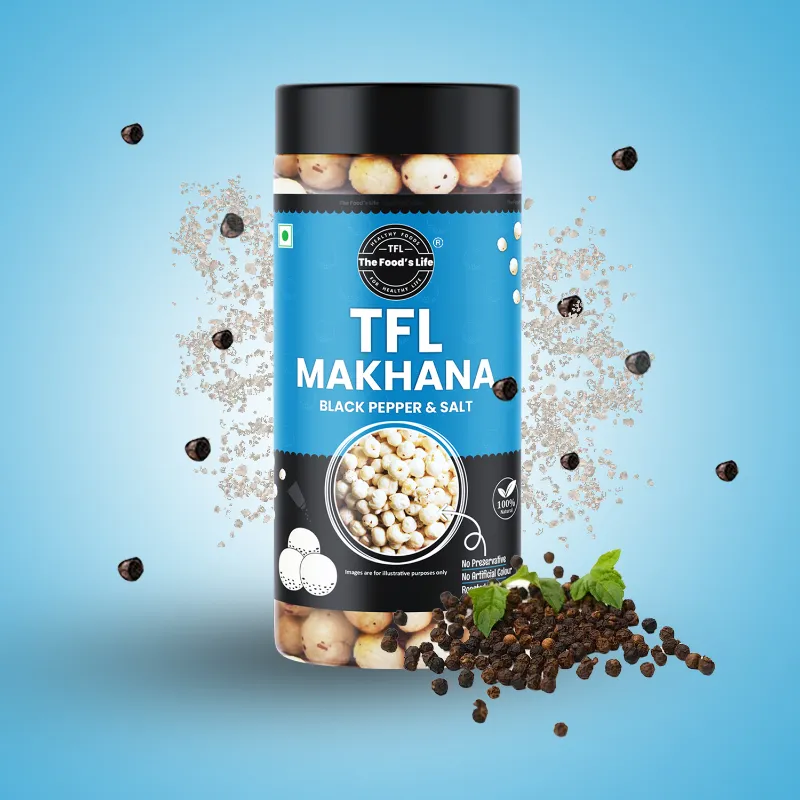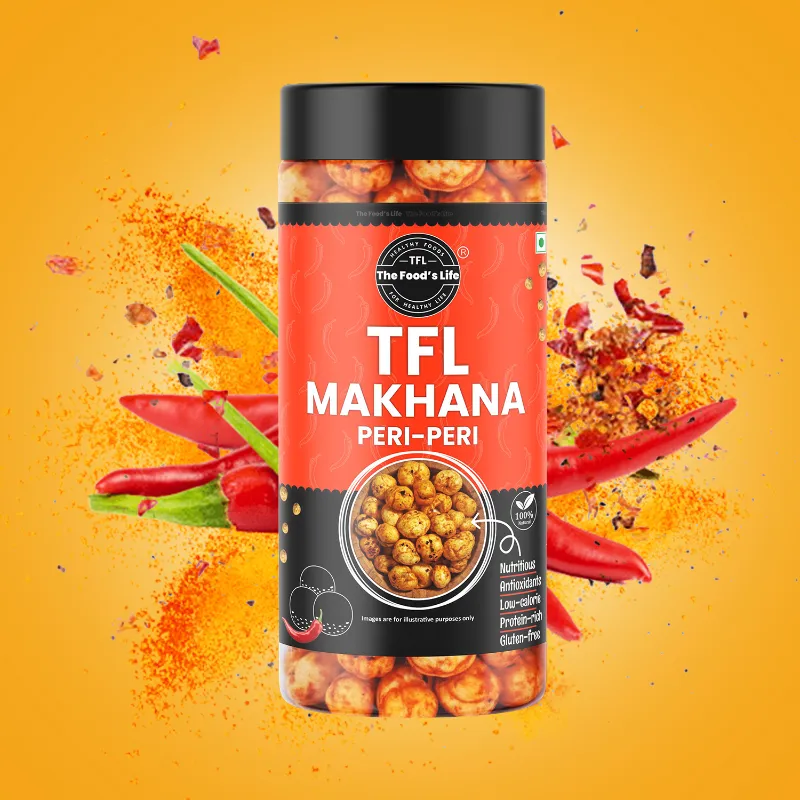When it comes to enjoying crispy, savory snacks, the method of preparation significantly influences flavor, texture, and overall quality. Among the various cooking techniques, vacuum frying stands out for its unique advantages. This blog delves into how vacuum-fried snacks, such as TFL’s crispy masala bhindi and crispy corn, compare to deep-fried and baked options, focusing on their flavor, texture, and health benefits. Vacuum frying is a relatively modern technique that involves frying food at lower temperatures under reduced pressure. This method helps preserve the food's natural nutrients and flavors better than traditional frying or baking. Here’s a detailed look at the differences: In conclusion, vacuum-fried snacks offer a compelling alternative to deep-fried and baked options. They preserve the natural flavors and nutrients of the food while providing a light, crispy texture that many find preferable. TFL’s vacuum-fried products, such as crispy masala bhindi and crispy corn, exemplify the benefits of this innovative method. These snacks offer a delicious and healthier option for those looking to enjoy crunchy, flavorful treats without the added grease and fat. If you’re exploring snack options, consider trying vacuum-fried snacks for a fresh, tasty, and health-conscious choice.Understanding Vacuum Frying
Flavor Preservation
Vacuum-Fried Snacks: Vacuum frying retains more of the food’s natural flavors due to the lower temperatures used, typically between 60°C to 90°C (140°F to 194°F). This method helps to keep the volatile compounds that contribute to a fresh, intense flavor. For instance, TFL’s crispy masala bhindi and crispy corn maintain their vibrant and robust flavors, making them a delicious choice for snack lovers.
Deep-Fried Snacks: In contrast, deep frying involves higher temperatures (around 160°C to 190°C or 320°F to 375°F), which can cause some flavor compounds to break down. This results in snacks with a richer, but sometimes less nuanced flavor due to caramelization and potential overcooking of natural sugars.
Baked Snacks: Baking typically uses dry heat at moderate temperatures, which can also affect flavor. While baking can preserve some natural tastes, it often results in a less intense flavor compared to vacuum frying, especially if the snacks are not well-seasoned or flavored.
Texture and Crispiness
Vacuum-Fried Snacks: One of the standout features of vacuum-fried snacks is their light, crispy texture. This method helps maintain the structural integrity of the food, resulting in a delicate crunch that’s less greasy. TFL’s vacuum-fried crispy corn, for example, has a satisfying crunch and a light feel, distinguishing it from other snack types.
Deep-Fried Snacks: Deep frying produces a crunchier and often heavier texture because of the higher oil content. The food absorbs oil during frying, which can lead to a more robust and sometimes greasy texture.
Baked Snacks: Baked snacks can be crispy but often have a drier texture compared to vacuum-fried options. Without the oil absorption that occurs in frying, baked snacks can vary from slightly chewy to crisp, depending on the recipe and preparation.
Health Considerations
Vacuum-Fried Snacks: One of the primary benefits of vacuum frying is its ability to preserve nutrients. The lower cooking temperatures help retain more vitamins and minerals. Additionally, vacuum-fried snacks generally have lower fat content because they absorb less oil. TFL’s range of vacuum-fried vegetables, including crispy masala bhindi and crispy corn, offers a healthier alternative to traditional snacks.
Deep-Fried Snacks: Deep frying typically increases the fat content of snacks due to the oil used, contributing to higher calorie counts. The high temperatures can also reduce some of the nutritional value of the food.
Baked Snacks: Baking is often considered a healthier method because it uses less oil or fat. However, the healthiness of baked snacks can depend on other ingredients, such as sugars or salts, used in the recipe.
Flavor and Texture Comparison
Vacuum-Fried Snacks: For those seeking snacks with vibrant, fresh flavors and a light, crispy texture, vacuum-fried snacks like TFL’s crispy masala bhindi and crispy corn are excellent choices. They provide a balance of taste and crunch without the heaviness or greasiness of traditional frying methods.
Deep-Fried Snacks: Deep-fried snacks offer a richer crunch and flavor but with added oil and fat. They may lack the same level of fresh taste and lightness found in vacuum-fried options.
Baked Snacks: Baked snacks are a lower-fat option but can differ in texture and flavor intensity. While they are healthier, they may not provide the same level of crispiness and flavor as vacuum-fried nutritious snacks.
Conclusion
FREE DELIVERY ON ORDERS ABOVE ₹500/-
FREE DELIVERY ON ORDERS ABOVE ₹500/-
FREE DELIVERY ON ORDERS ABOVE ₹500/-
FREE DELIVERY ON ORDERS ABOVE ₹500/-
FREE DELIVERY ON ORDERS ABOVE ₹500/-
FREE DELIVERY ON ORDERS ABOVE ₹500/-
FREE DELIVERY ON ORDERS ABOVE ₹500/-
FREE DELIVERY ON ORDERS ABOVE ₹500/-
FREE DELIVERY ON ORDERS ABOVE ₹500/-
FREE DELIVERY ON ORDERS ABOVE ₹500/-

Recommended Products





